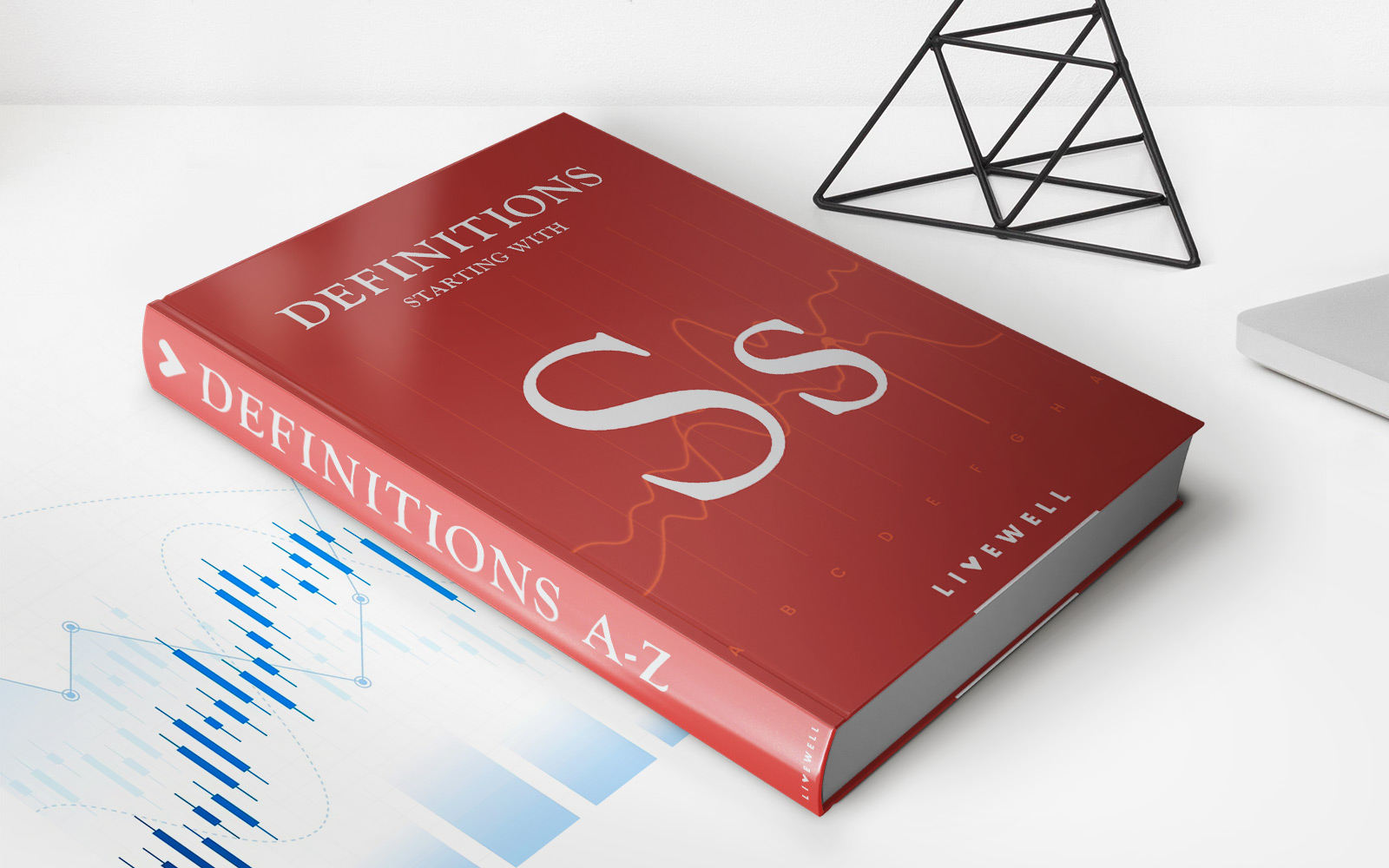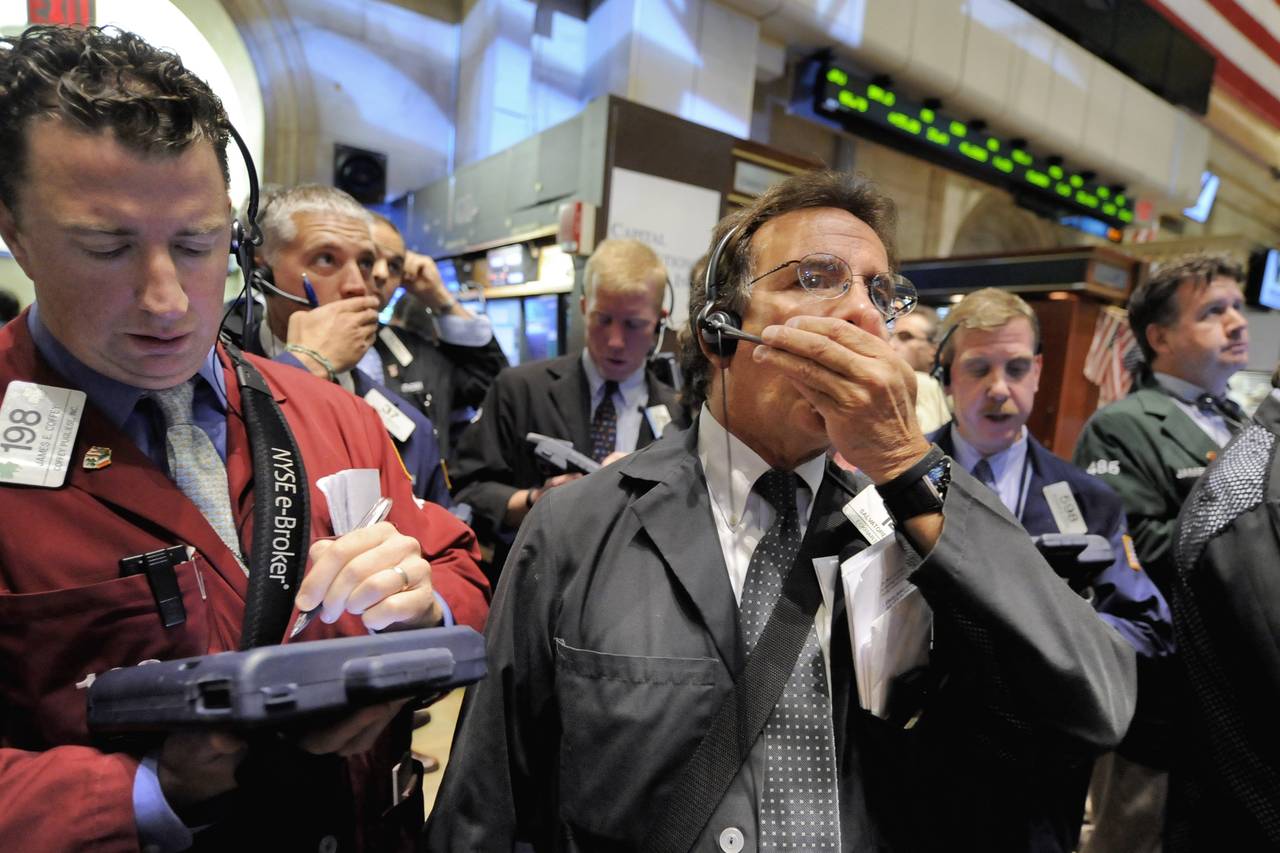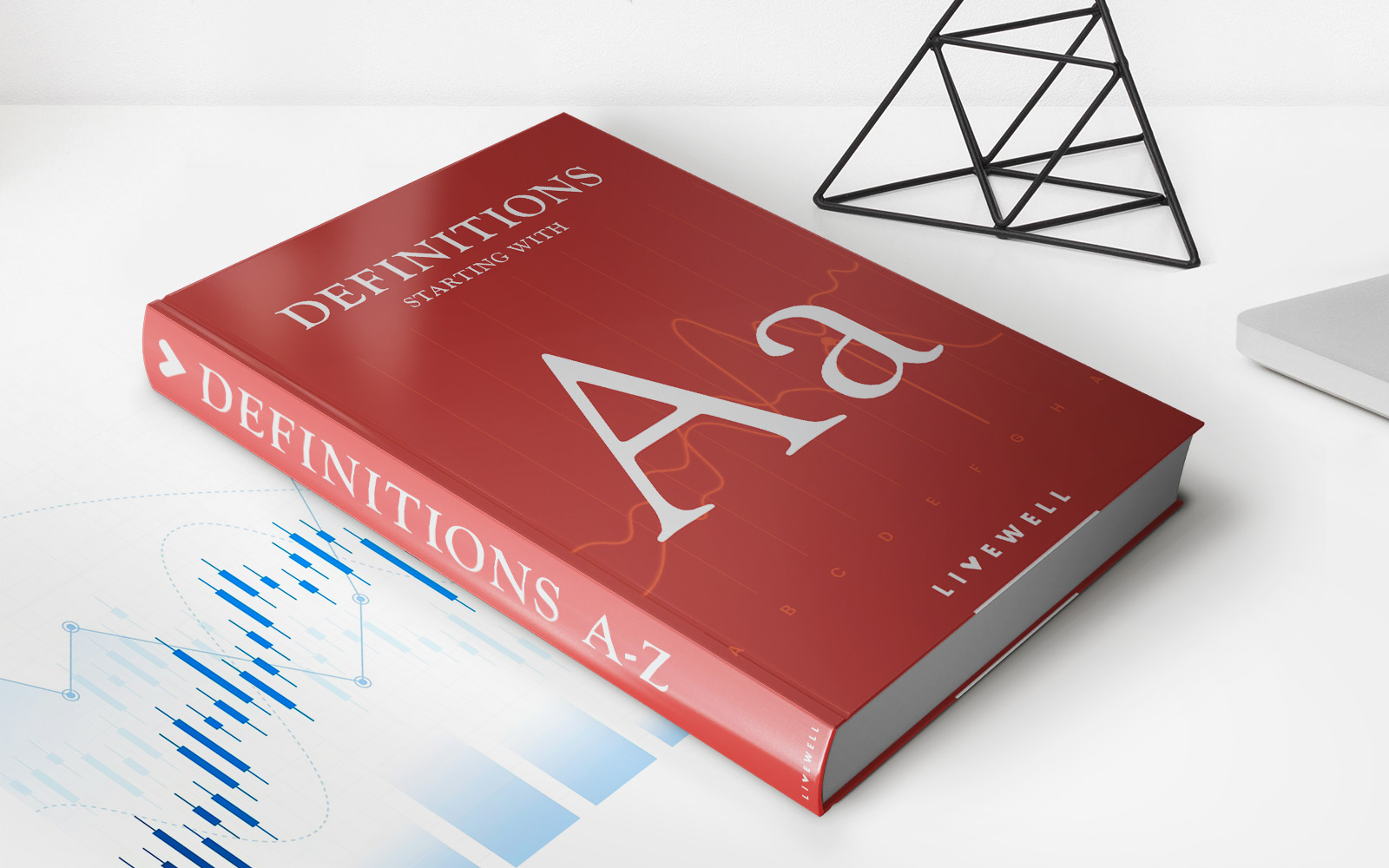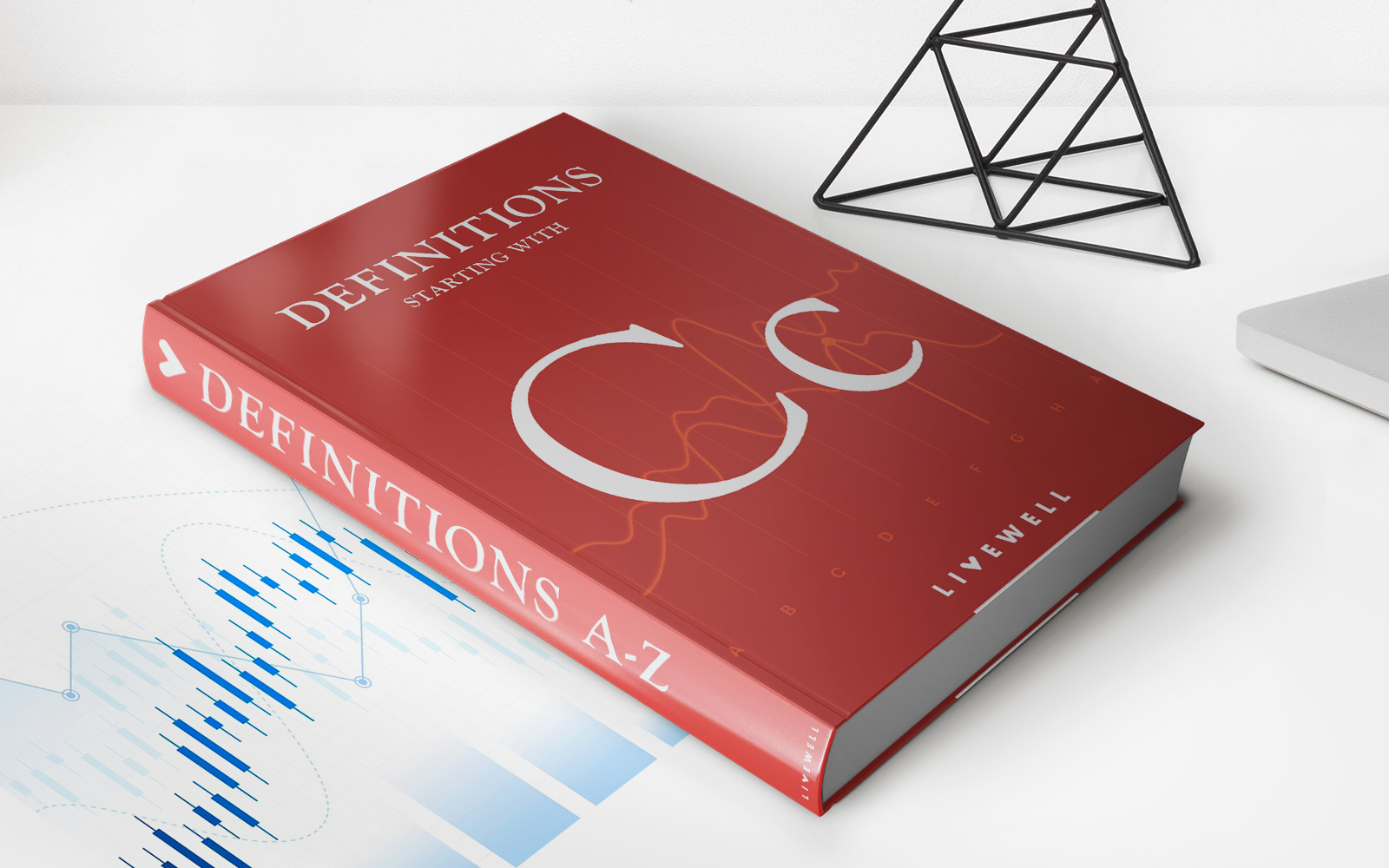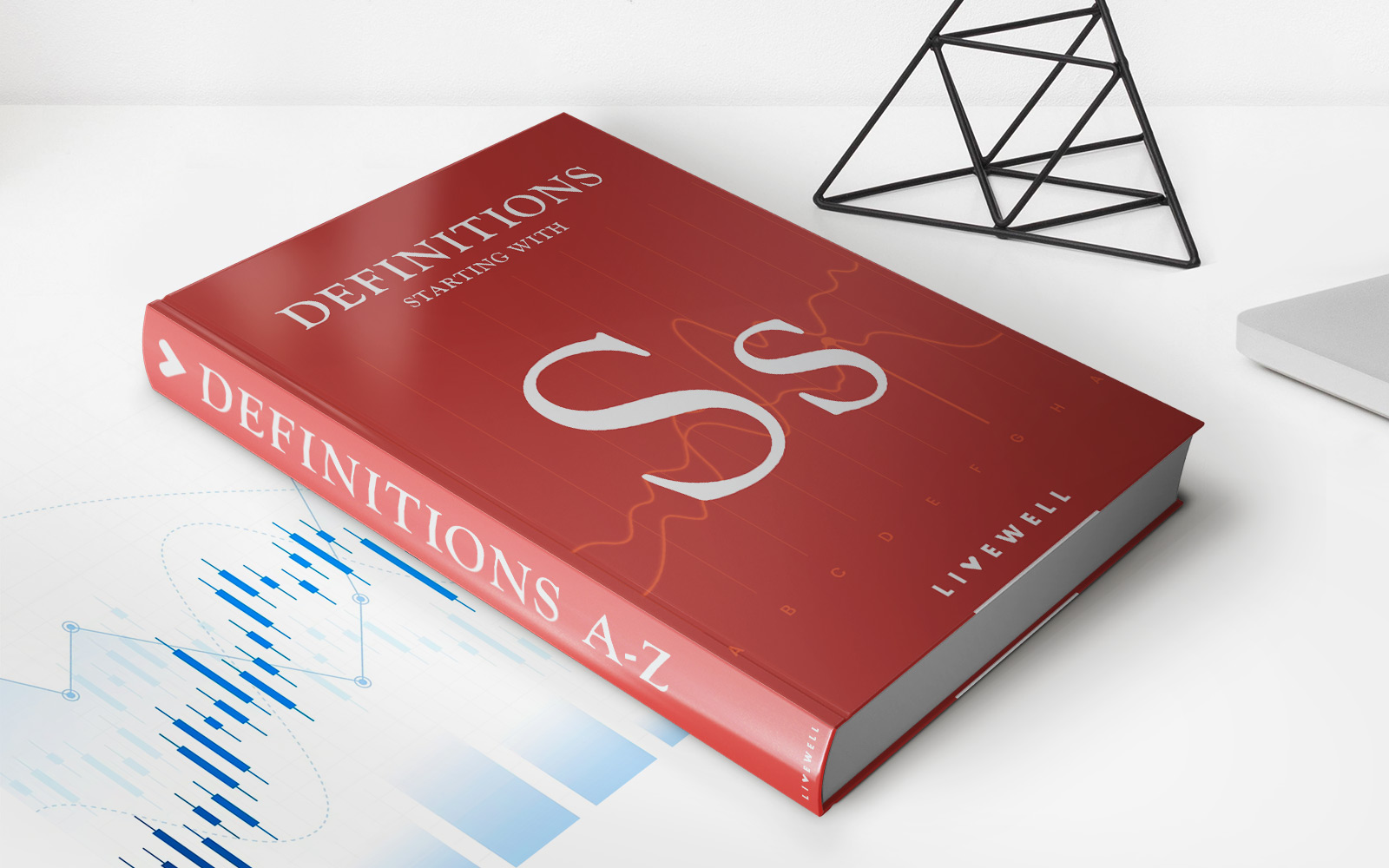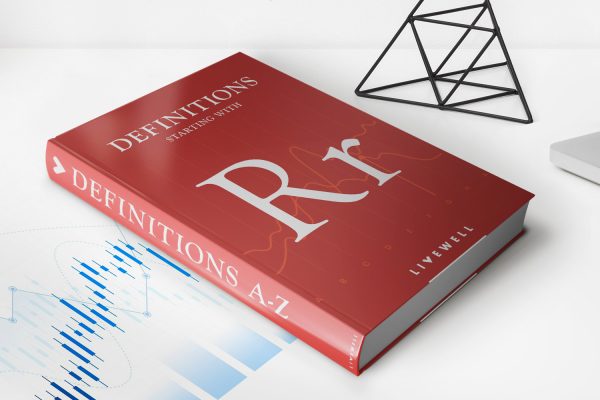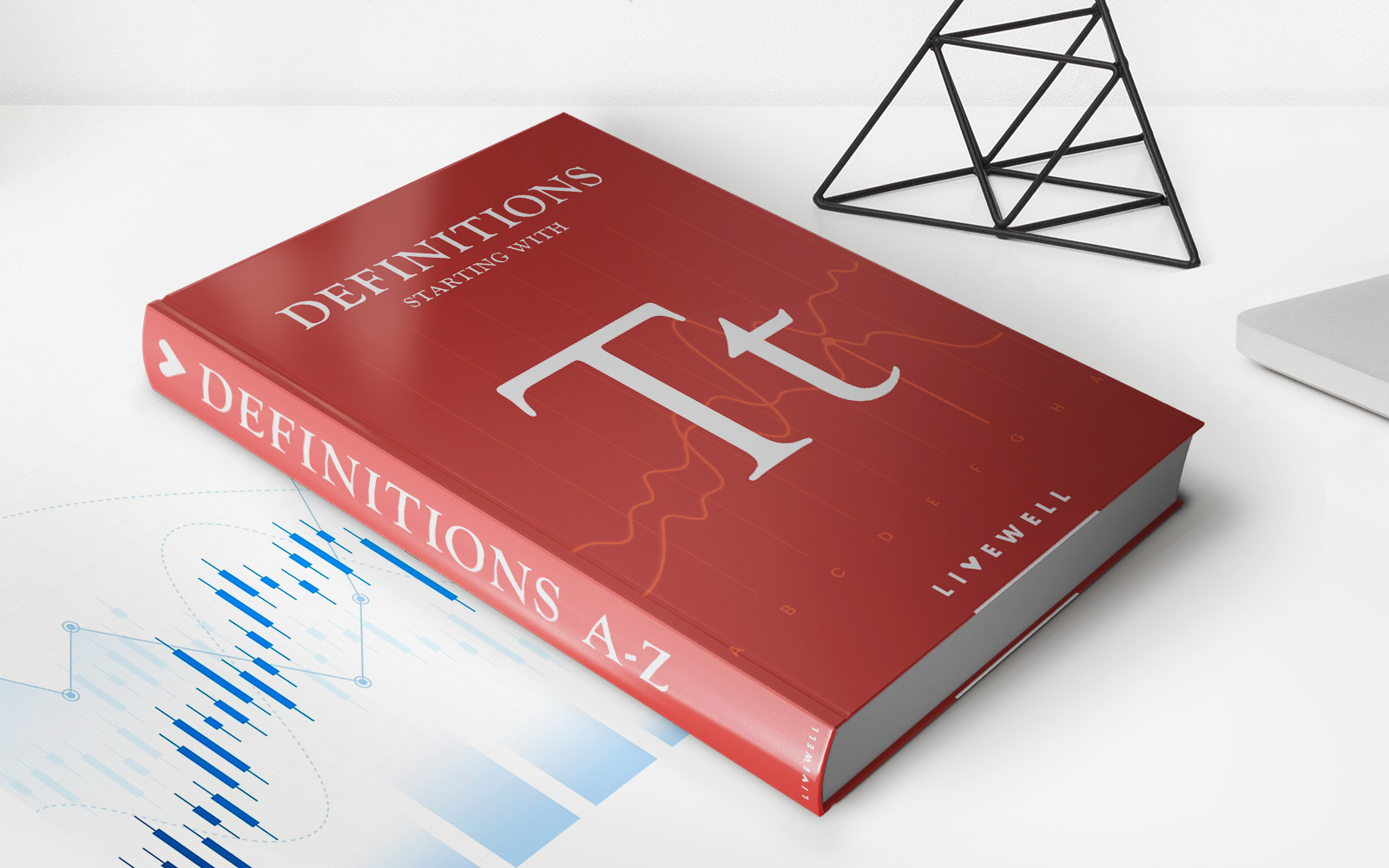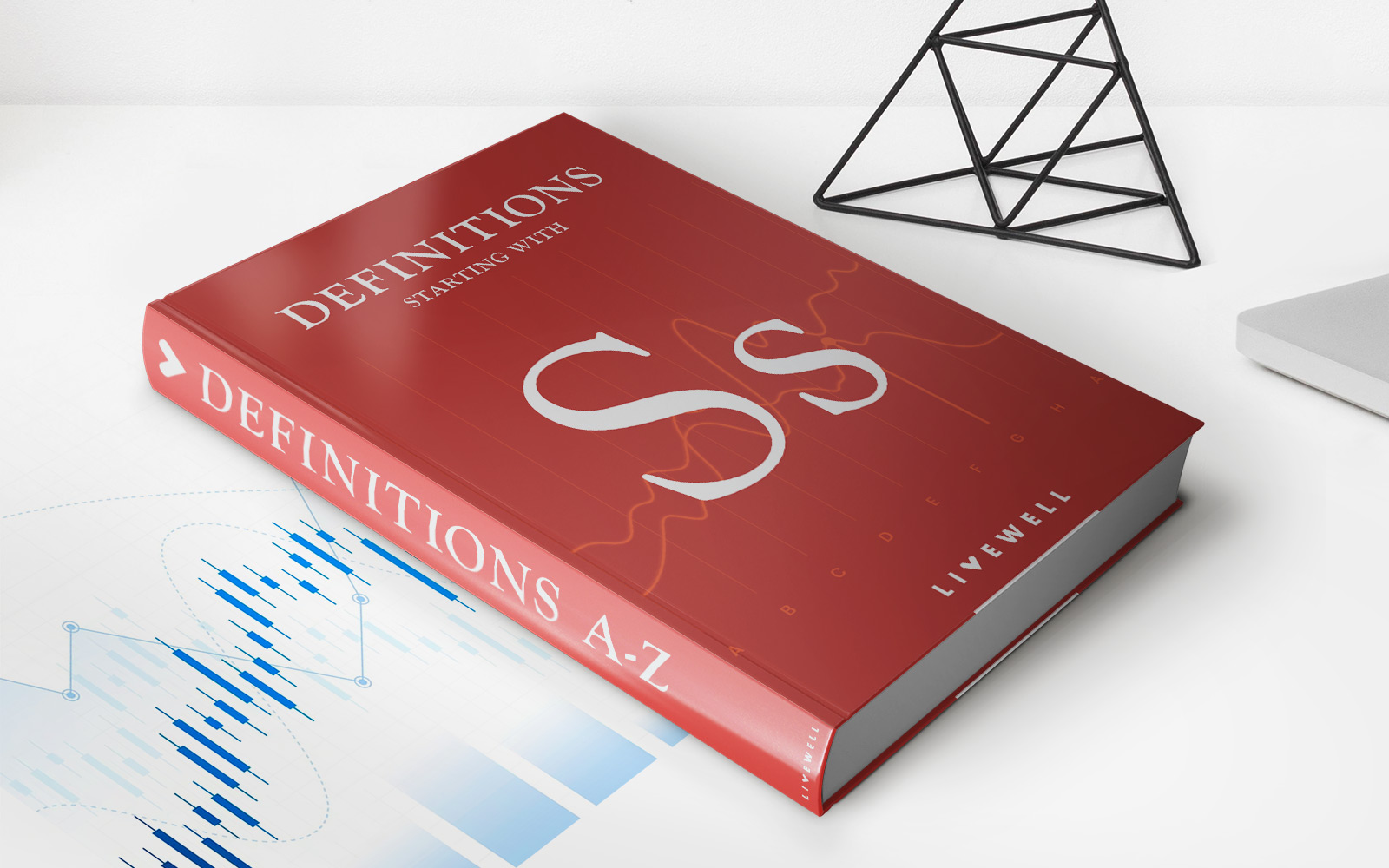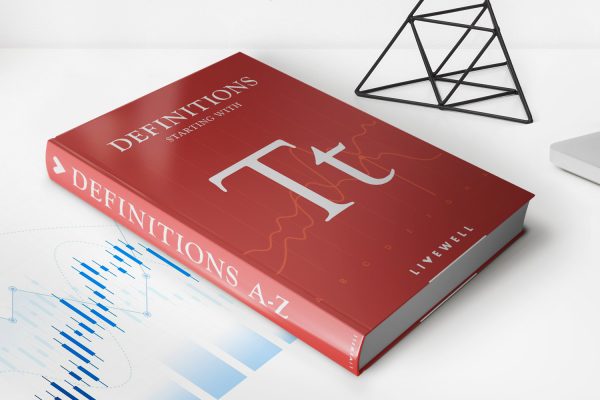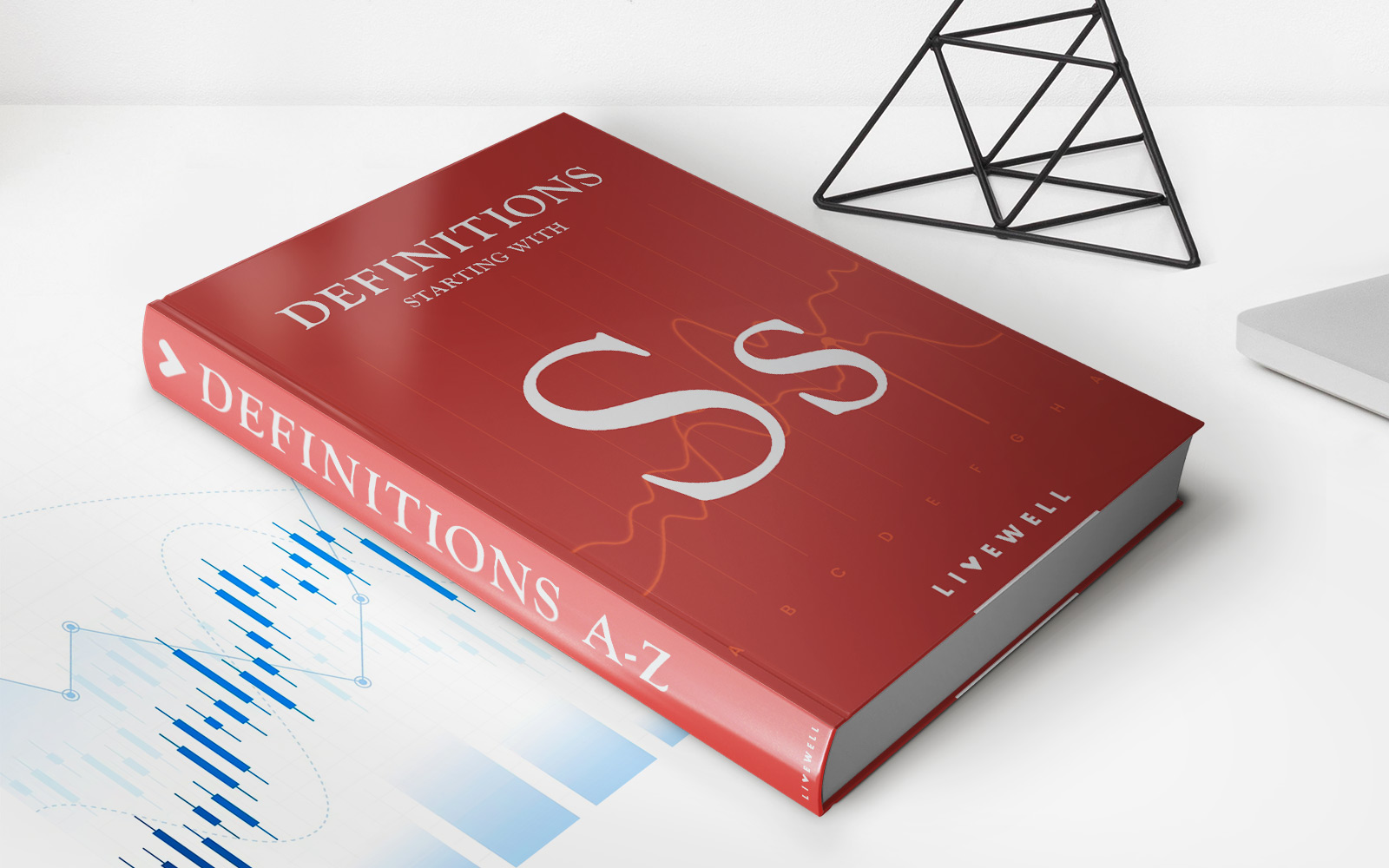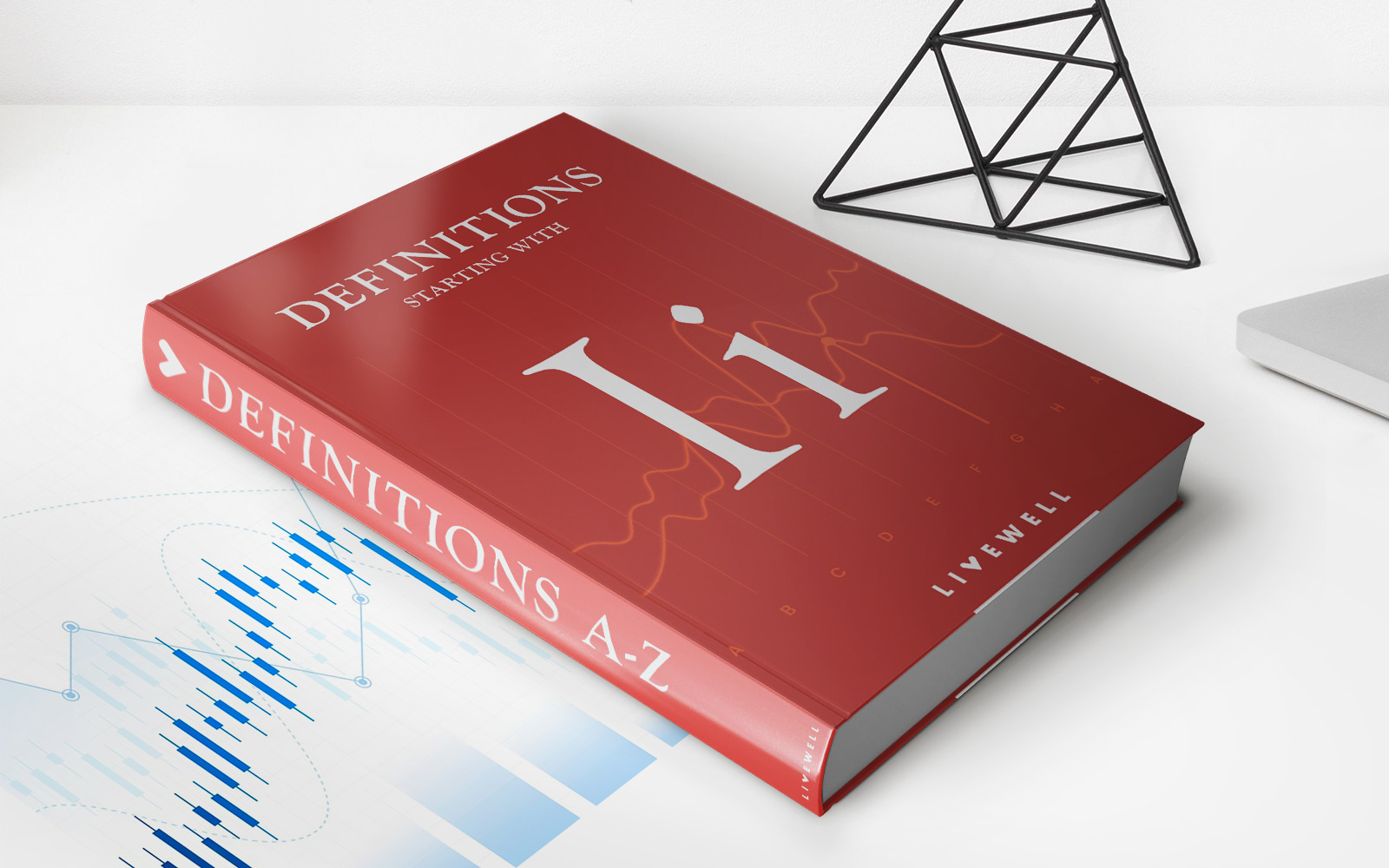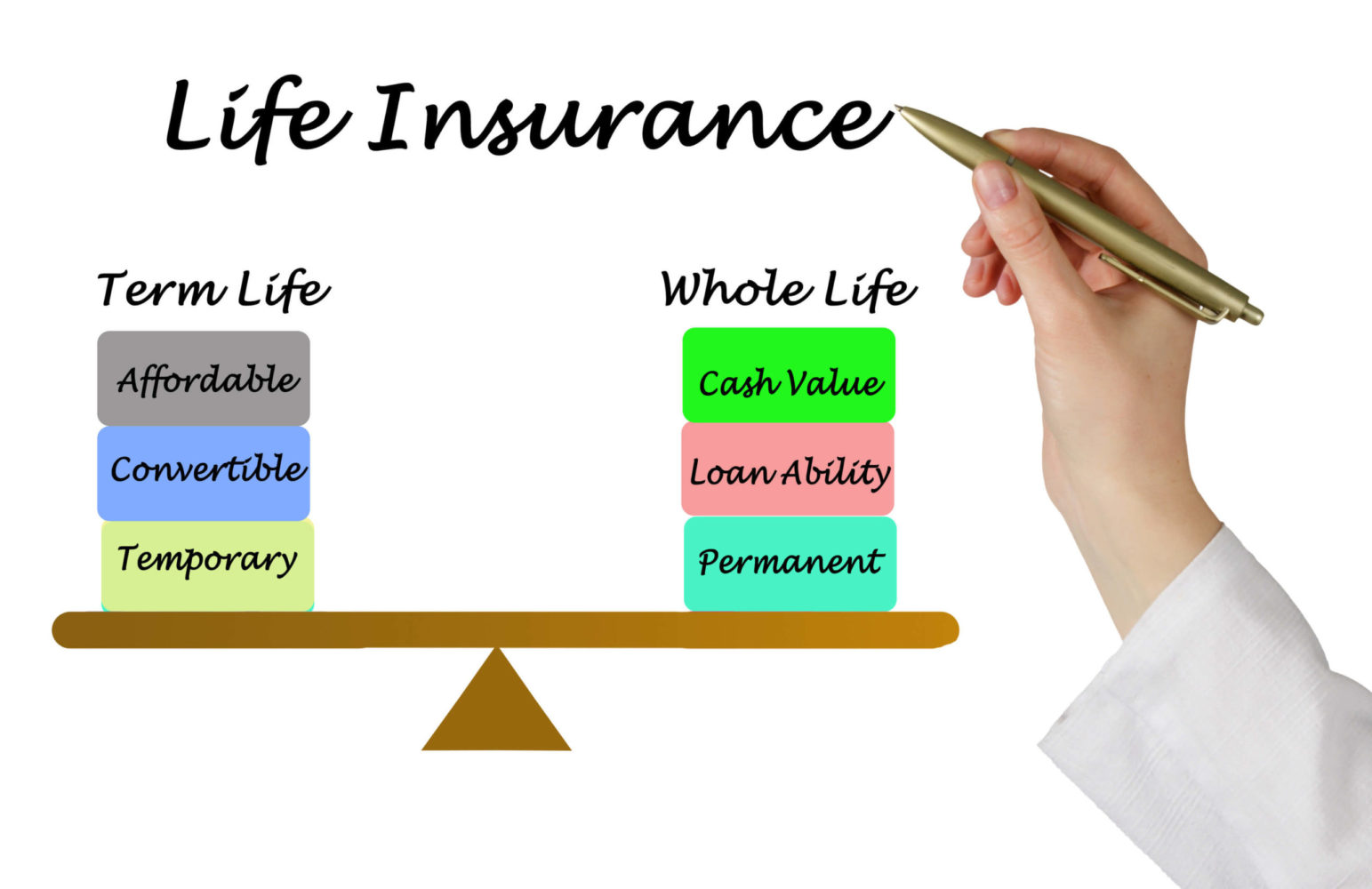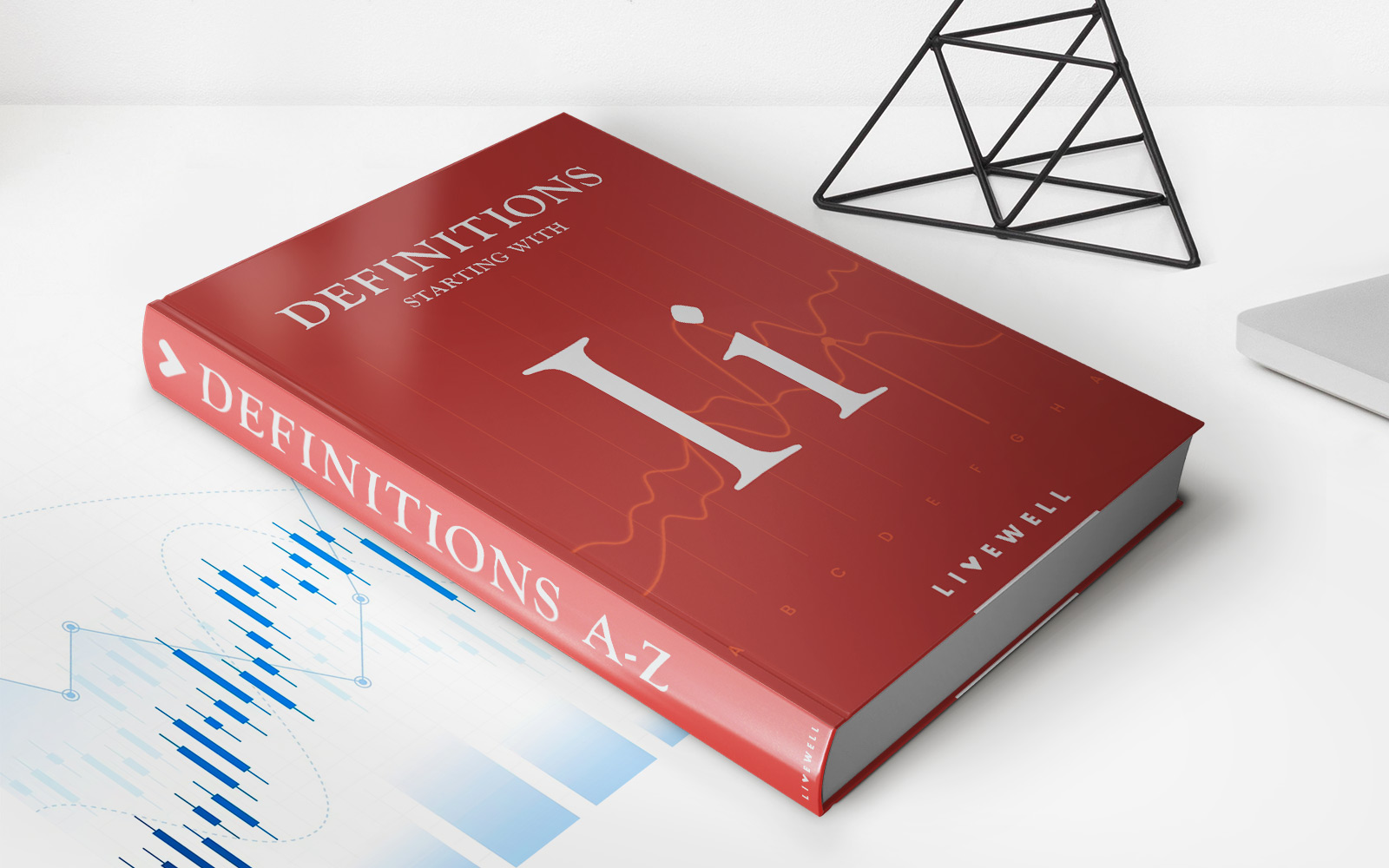Home>Finance>Synthetic CDO: Definition, How It Works In Finance, And Example
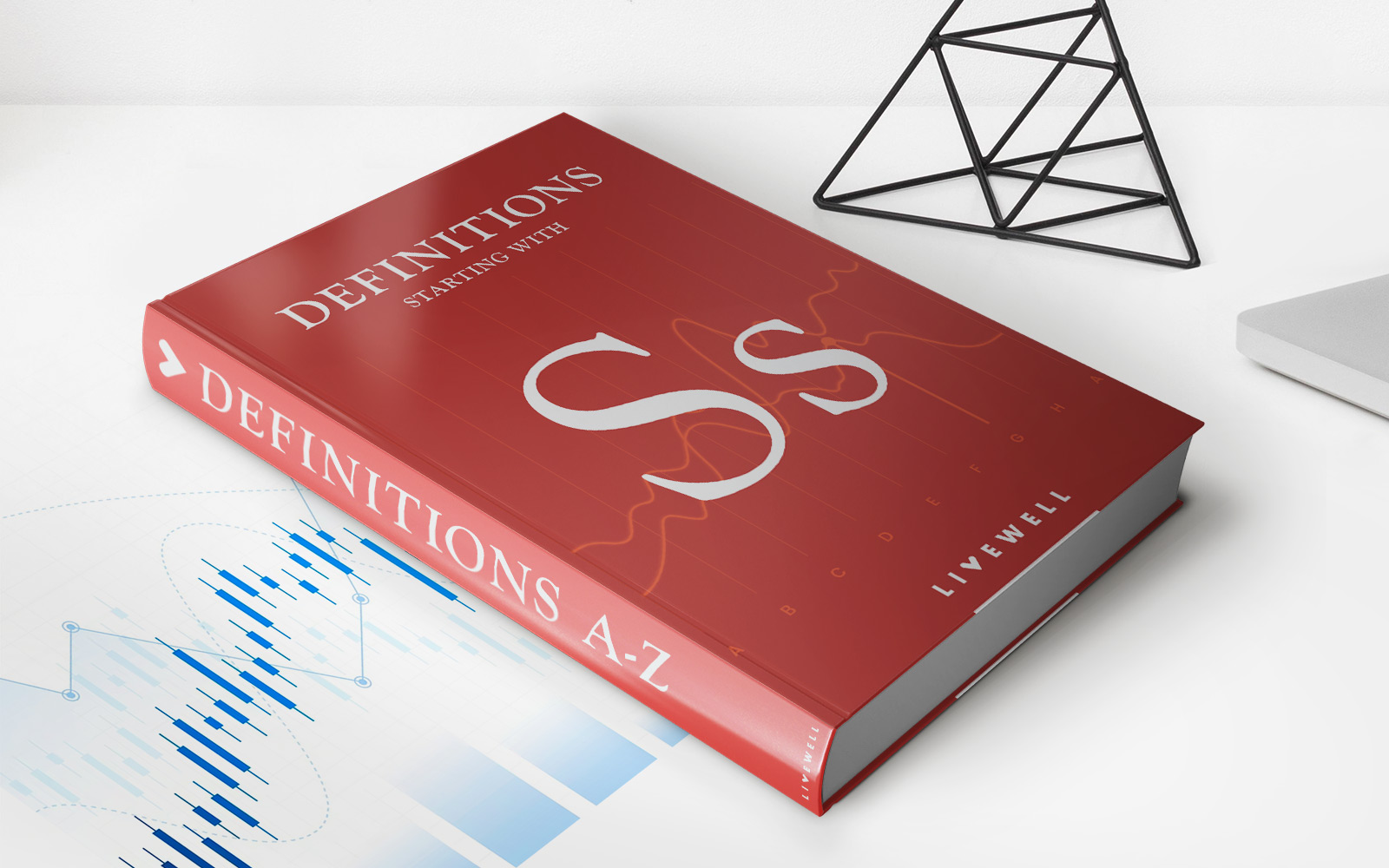

Finance
Synthetic CDO: Definition, How It Works In Finance, And Example
Published: February 5, 2024
Learn about synthetic CDOs in finance, including a definition, how they work, and an example. Expand your knowledge of finance with this comprehensive guide.
(Many of the links in this article redirect to a specific reviewed product. Your purchase of these products through affiliate links helps to generate commission for LiveWell, at no extra cost. Learn more)
Synthetic CDO: Definition, How It Works in Finance, and Example
Welcome to our Finance category! In this blog post, we will be diving into the world of Synthetic CDOs, an important and often discussed topic in the financial industry. If you’ve ever wondered what exactly a Synthetic CDO is, how it works, and why it matters, then you’ve come to the right place. By the end of this article, you will have a solid understanding of this complex financial instrument and its implications.
Key Takeaways:
- Synthetic CDOs are financial instruments that allow investors to gain exposure to credit risk without owning the underlying assets.
- They played a significant role in the financial crisis of 2008 and continue to be a topic of interest and concern in the industry.
What is a Synthetic CDO?
A Synthetic CDO, or Collateralized Debt Obligation, is a complex financial product that allows investors to take on credit risk without physically owning the underlying assets. Instead, Synthetic CDOs are created by combining various derivatives or financial instruments linked to the performance of a pool of reference assets, such as bonds, loans, or other debt instruments.
Think of it as a type of insurance contract. Investors provide payment, known as premiums, to the Synthetic CDO issuer, who in return promises to compensate the investor if the reference assets experience losses.
Synthetic CDOs are typically divided into tranches, each with its own level of risk and return. The higher-ranking tranches, also known as senior tranches, receive priority in receiving payments from the reference assets, while the lower-ranking tranches, the equity tranches, bear the brunt of losses.
It’s important to note that Synthetic CDOs played a significant role in the global financial crisis of 2008. The intricate and interconnected nature of these instruments contributed to the spreading of risk throughout the financial system, ultimately leading to widespread economic instability.
How Does a Synthetic CDO Work?
To understand how a Synthetic CDO works, let’s break it down into a few simple steps:
- An issuer creates a Synthetic CDO by pooling together various credit default swaps (CDS), which are contracts designed to transfer the credit risk of the underlying reference assets.
- The issuer then issues different tranches, each with a different level of risk and return, to investors.
- Investors provide premiums to the issuer, similar to insurance premiums, in exchange for the potential returns.
- If the reference assets within the Synthetic CDO experience losses, the issuer uses the premiums collected to compensate the investors accordingly.
It’s worth noting that Synthetic CDOs carry significant risks. The potential for losses and the complex nature of these instruments make them suitable only for sophisticated investors who fully understand the associated risks.
An Example of a Synthetic CDO
Let’s look at a simplified example to illustrate how a Synthetic CDO works. Suppose a bank wants to transfer the credit risk of a pool of residential mortgages to external investors. The bank creates a Synthetic CDO, divided into different tranches, and sells them to interested parties.
In this case, the senior tranches, with a lower risk profile, may receive a rating of AAA, indicating minimal risk. The equity tranches, on the other hand, which bear a higher risk of losses, may be unrated or receive a lower rating.
If the housing market experiences a downturn and the underlying residential mortgages default, the equity tranches will absorb the majority of the losses, while the senior tranches remain relatively protected. However, if the reference assets perform well and continue generating income, the investors in the senior tranches will benefit from the positive returns.
It’s important to remember that this is a simplified example, and actual Synthetic CDO structures can be much more complex, involving numerous reference assets and tranches with different levels of risk and return.
Conclusion
Synthetic CDOs are intricate financial instruments that have had a significant impact on the financial industry, both positive and negative. While they provide a way for investors to gain exposure to credit risk without owning the underlying assets, their complex nature and involvement in the 2008 financial crisis have raised concerns about their potential risks.
By understanding the basics of Synthetic CDOs, including their definition, how they work, and an example of their application, you’ll be better equipped to navigate the world of finance. As always, it’s crucial to consult with financial professionals before making any investment decisions involving Synthetic CDOs or other complex financial products.
We hope you found this blog post informative and valuable. Stay tuned for more articles in our Finance category that explore other fascinating topics in the world of finance!
